Wires, Words, and Wonder: How Erin Winick Anthony Makes Science Stick
Where engineering meets imagination: Erin Winick Anthony is redefining what it means to build a future in STEM.
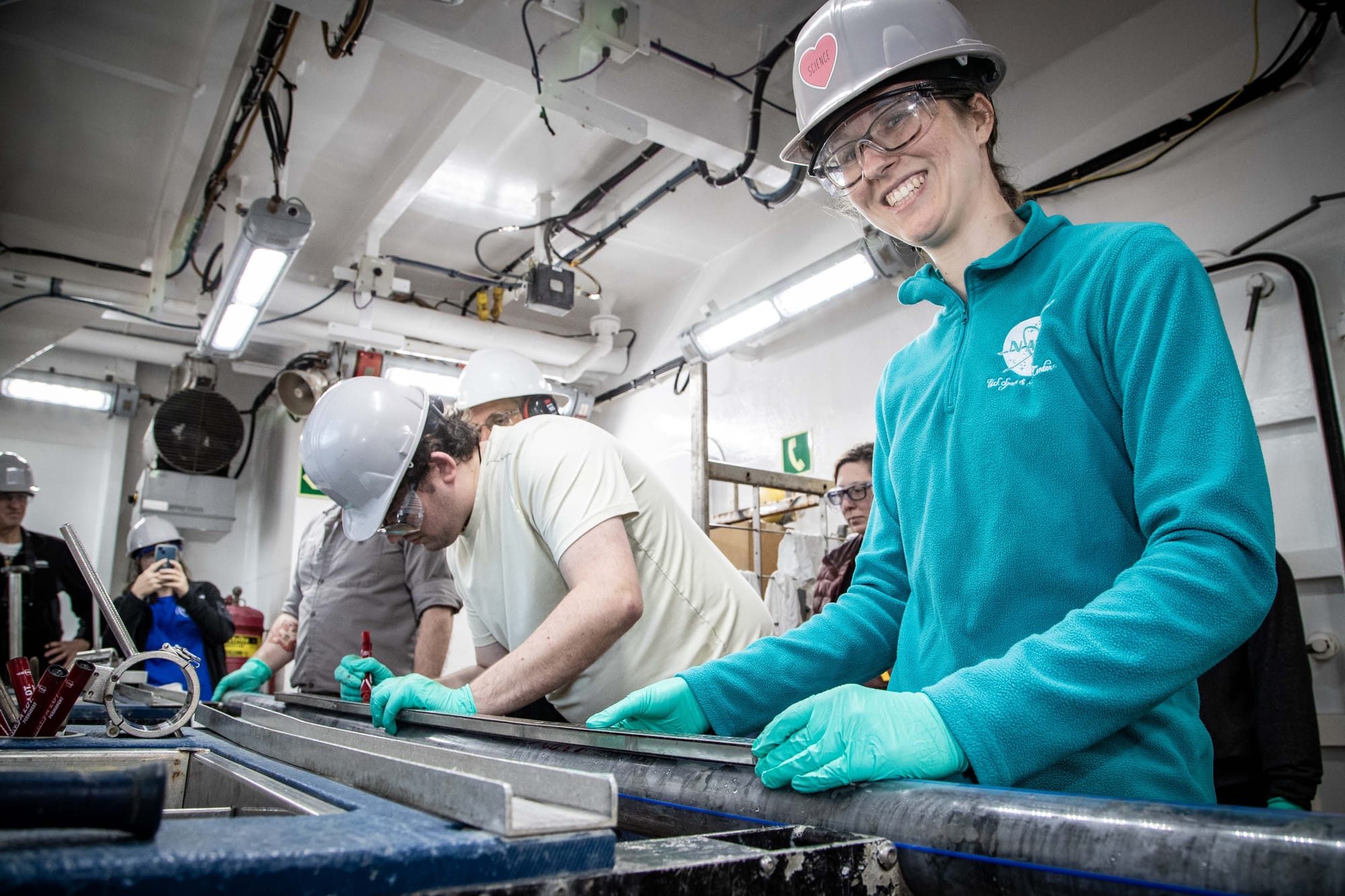
Erin Winick Anthony is an engineer turned science communicator and maker whose career beautifully bridges technical expertise with creative storytelling. With a background in mechanical engineering and a passion for hands-on building, Erin has carved out a niche at the intersection of STEM and creativity—sharing the wonder of science through writing, video, social media, and her signature maker projects. Whether she’s explaining microgravity research, building DIY space-themed crafts, or sailing on scientific expeditions, Erin brings science to life with clarity, energy, and a human touch.
Erin’s work stands out in the STEAM world for the way it seamlessly blends engineering know-how with vibrant, accessible storytelling. As both a former NASA communicator and an independent content creator, she’s carved a path that defies traditional career boxes—showing that science communication can be hands-on, visual, and deeply personal. From crafting digital media campaigns to building physical maker projects, Erin invites people into the world of science not just to observe it, but to participate in it.
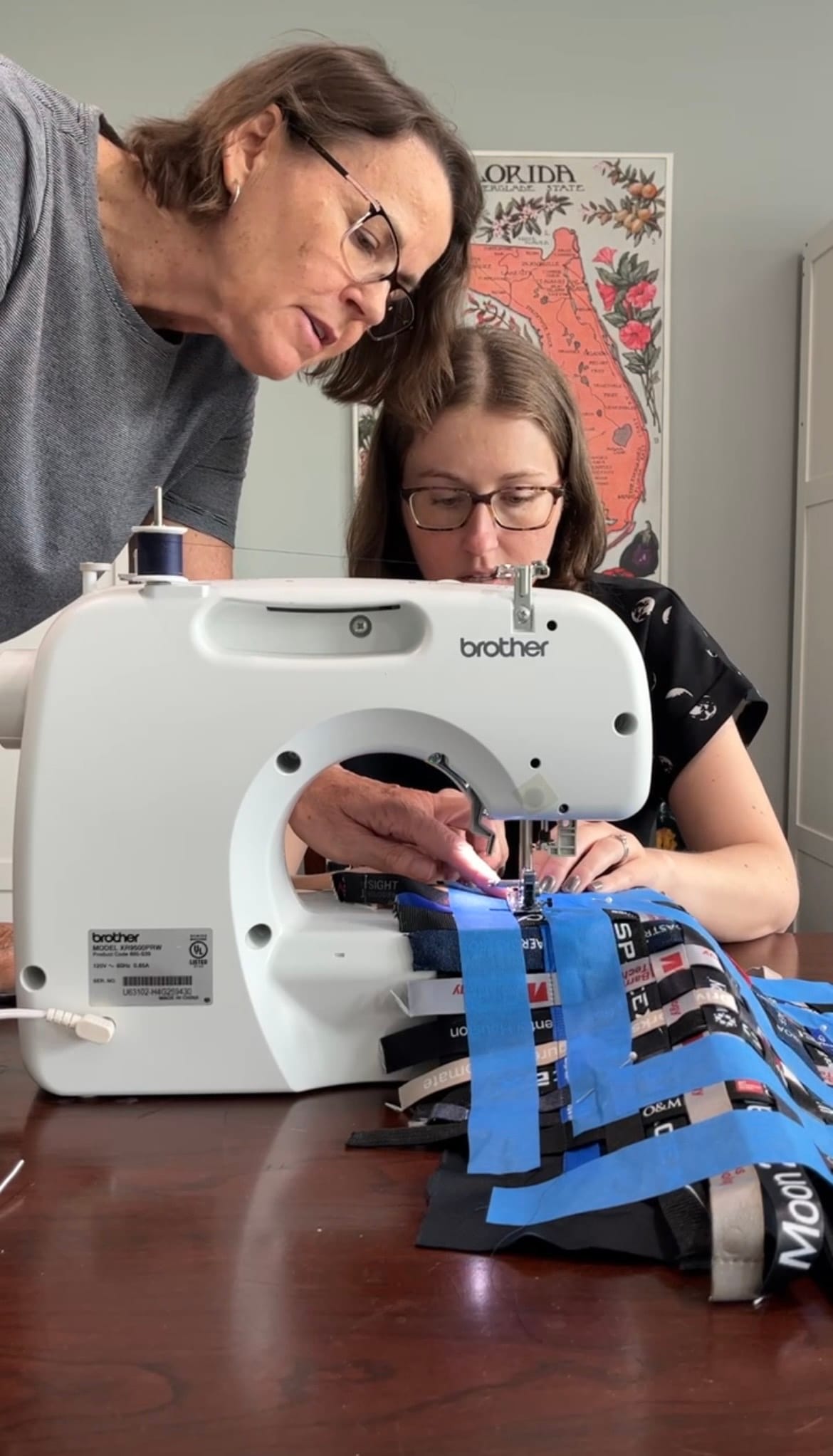
In this interview, Erin shares how she found her way from sewing Halloween costumes to building science careers, what excites her most about space research, and why letting your voice be heard might just be the most powerful tool in your STEM toolkit.
Q&A with Erin Winick Anthony
What inspired you to pursue a career in STEAM communication and storytelling?
I’ve found this career slowly over time! When I was going into college, I was struggling to choose between journalism and engineering. It took me a while to learn I could combine both of those interests into this career! I love being able to help scientists and engineers tell their stories. And while I was originally focused on writing, it’s been a joy to also learn that I love telling those stories through social media and video as well.
You’ve blended engineering, writing, and hands-on maker projects in a way that makes science more accessible. What excites you most about this intersection of creativity and STEM?
At my core, I’ve always loved making things. That started out sewing Halloween costumes with my mom and progressed to building Rube Goldberg machines around our house with used-up paper towel rolls.
I believe science is at its best when it uses the creativity of everyone on the team. That is when we get new discoveries and breakthroughs. To be able to more visibly show this intersection of creativity, art, and STEM is a joy. Selfishly, I also still look for any chance to make physical things! A lot of my career has turned into making more digital products, so I jump at any chance to get to work with my hands.
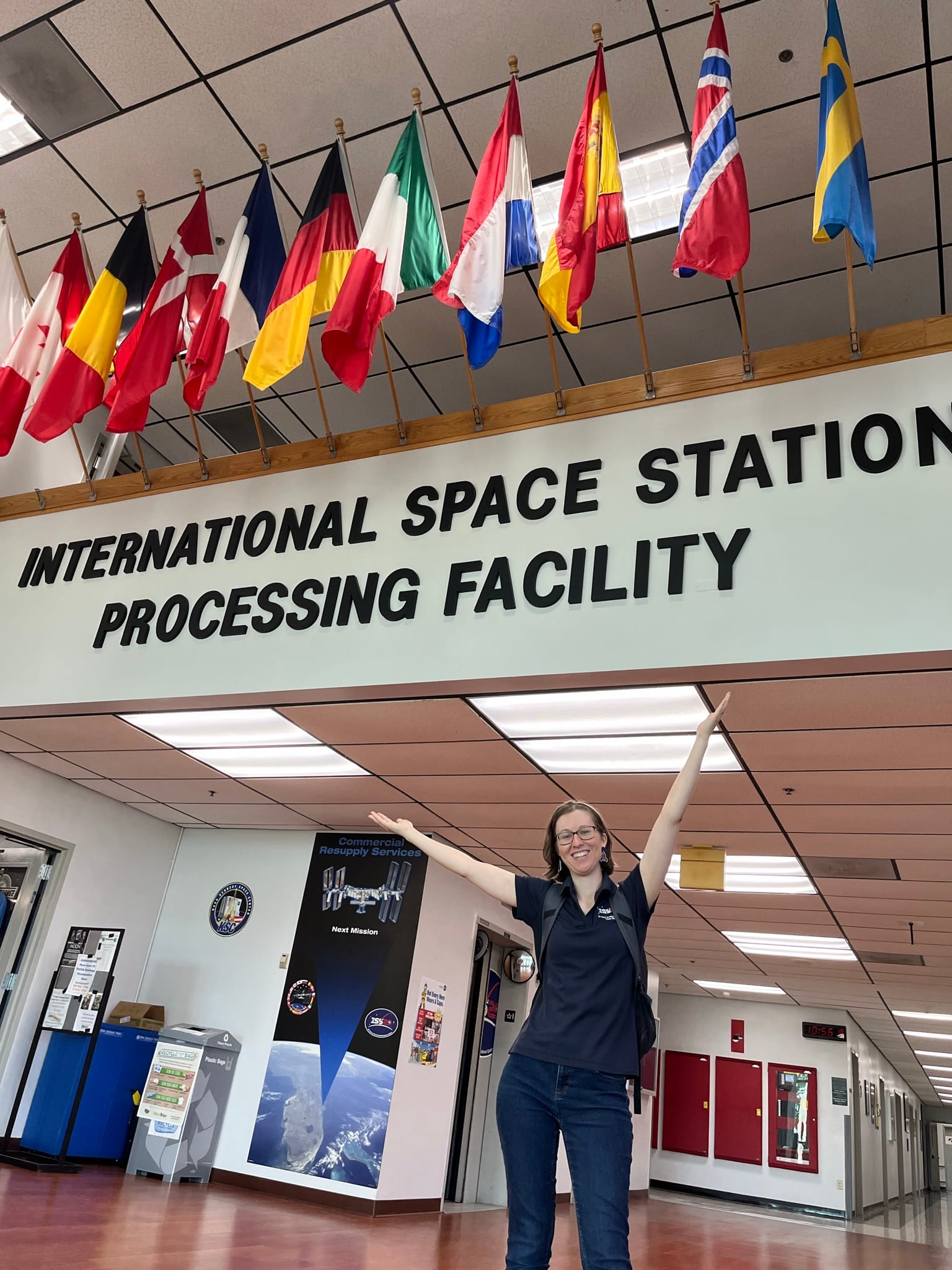
What are some challenges you’ve faced as a woman in STEM, and how have you navigated them?
In my current career, it’s largely a lot of the challenges that face most women on the internet and women science creators. We are often passed over for opportunities because organizations often want men to represent their more technical products. I’ve gotten used to harsh comments online and people doubting my expertise. But I am a relentless networker and have found the right partners to work with who appreciate my expertise, and luckily, I’ve always been someone who has an easy time letting things roll off my back.

Through your work, you make complex science engaging and fun for broad audiences. What’s a common misconception about STEM that you wish more people understood?
Well, first, that you need a STEM degree to make contributions to science and engineering. I think some people really love science but hit a roadblock in math or chemistry and move to a completely different field. But there are people who work at NASA on everything from sewing to accounting. There are opportunities to help advance science no matter what your skill sets or passions are.
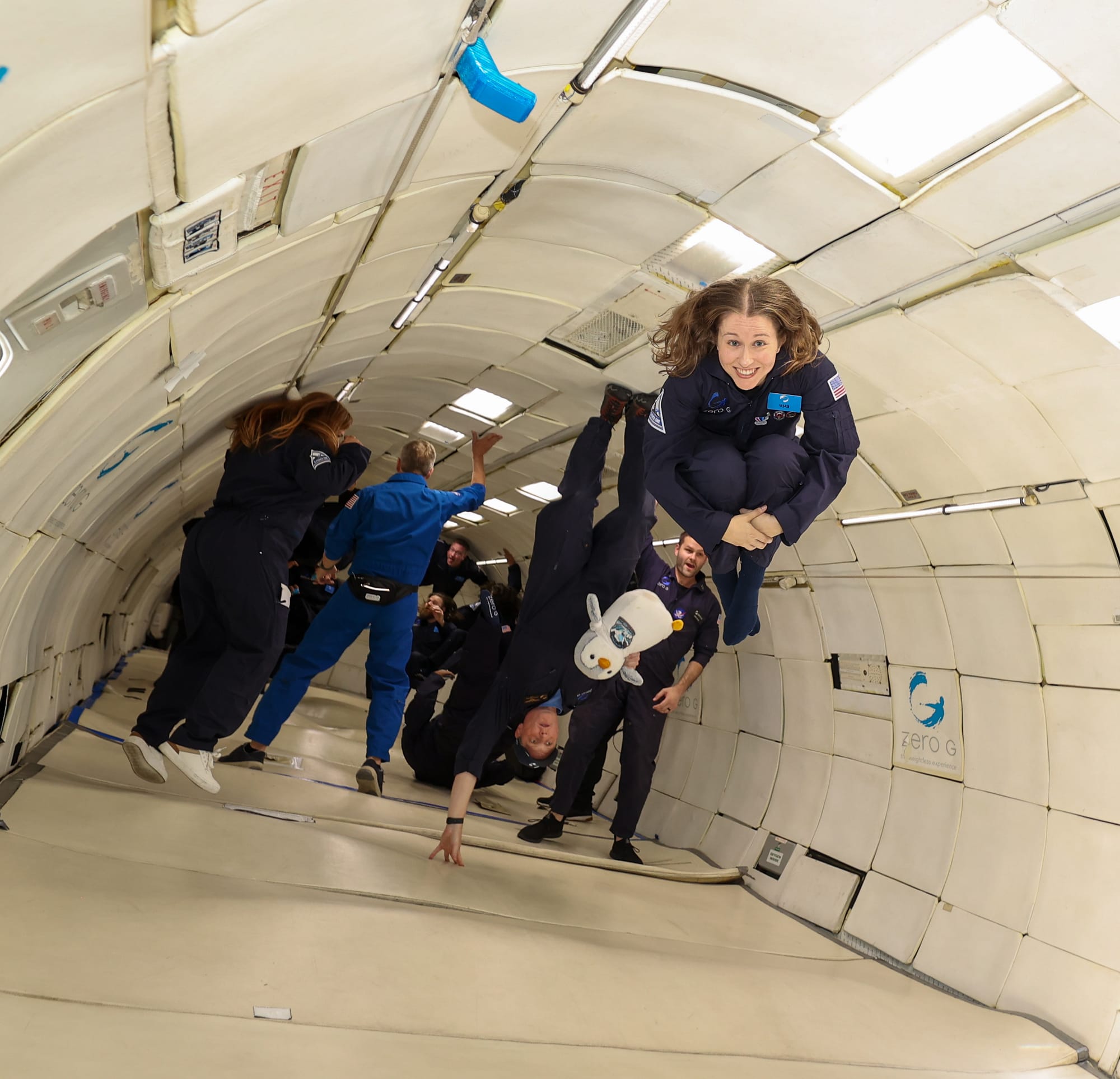
Have you had a defining “aha!” moment in your career, whether it was in engineering, science writing, or another aspect of your work?
My career has been one long, evolving “aha!” It’s easy in hindsight to realize this is a career path I would enjoy. But I didn’t have one moment where I suddenly knew what my career path would be, or how I needed to pivot my work. I spent a long time while getting my engineering degree figuring out what my next step would be!
I guess my biggest realization has to be that the more you share about your work, the more opportunities come your way. Being humble can be great in some circumstances, but especially when you work for yourself, you have to be very vocal about your projects and expertise so that people think of you when opportunities come up.
What advice would you give to young people, especially girls and underrepresented students, who want to break into STEM and science communication?
Find the intersection of your passions and chase it. There will be some more traditional paths that will be shown to you in college, but don’t be afraid to think about what careers might be uniquely designed for you to succeed. Maybe you are a huge fan of soccer in addition to loving engineering—chase after sports engineering jobs! Have you always loved LEGOs as a kid? Apply for LEGO manufacturing internships! Don’t shy away from the things you love just because those might not be the companies at the career fair.
Is there a particular project or piece you’ve worked on that you’re especially proud of? What makes it stand out to you?
When I was working at NASA, I worked on the Benefits for Humanity project. I led a team creating a new modern version of the book that highlights all the ways International Space Station research has helped us back here on Earth. It was a massive project, but I moved it to be much more digital-forward and more magazine-like rather than textbook-like. I was extremely proud of being able to highlight the incredible work of thousands of researchers from more than two decades, and why people should care.
On my own, I am really proud of all the social media videos I created while at sea sailing aboard the JOIDES Resolution Expedition 401 last year. It was a big task to share the research as it happened, but I was really happy with the outcome. Being up close with science as it is being conducted is one of my favorite things, so sharing directly from the field was a thrill. It was also an amazing adventure that I am so thankful to have had!
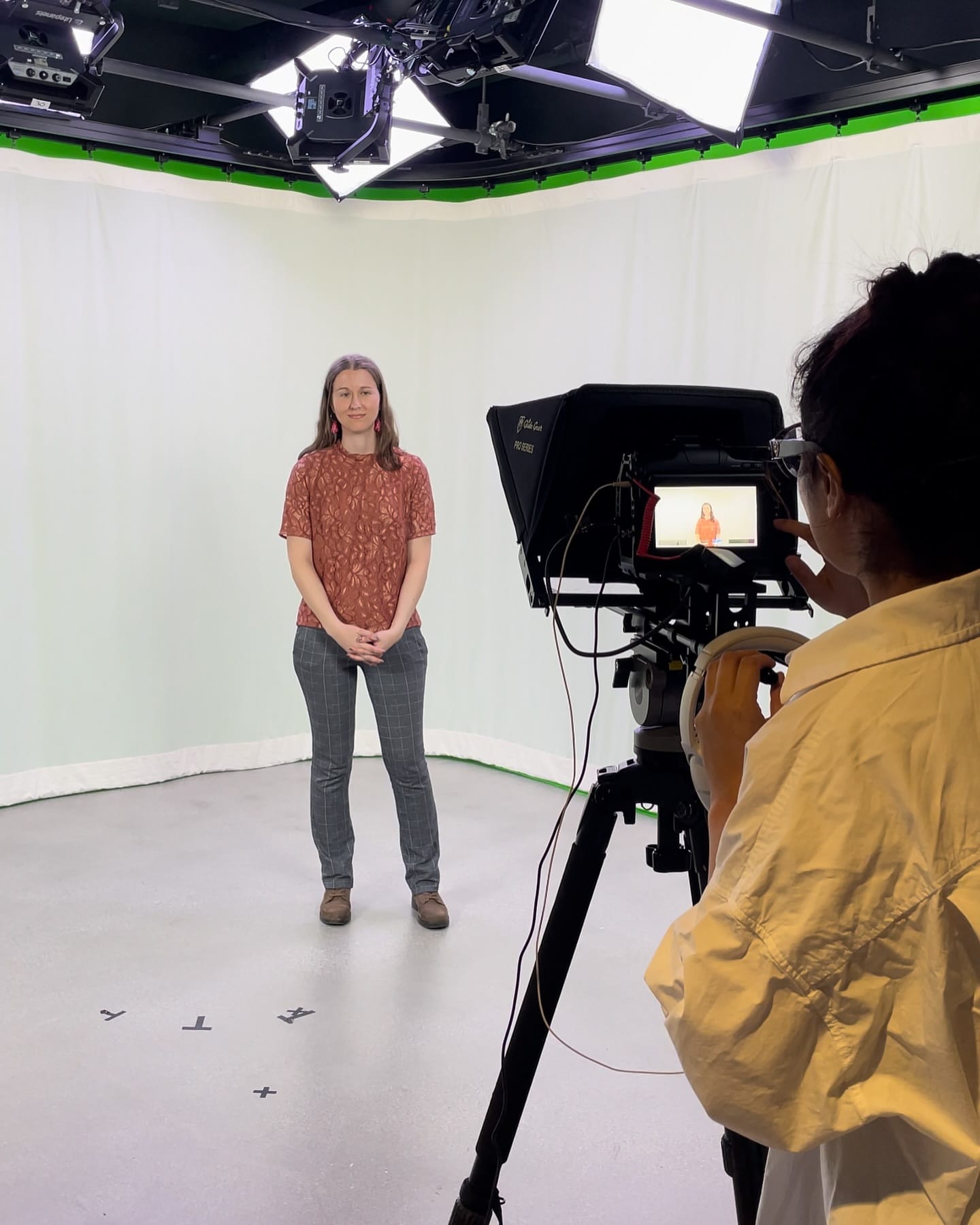
Looking ahead, what are you most excited about in the world of science, space, or STEAM education?
Hard question. So many things! Obviously, right now, there can be a lot of things that are discouraging about our field. But I also see so much potential.
One of my areas of expertise is microgravity research, and I’m, first of all, really looking forward to seeing how some of the medical benefits from this research continue to evolve. Results take a long time, but there have been some really amazing studies that could have direct impacts for cancer patients and people with incurable genetic disorders. I’m really looking forward to when these results are able to be more directly connected with investments in space to help show the value of this work.
My 3rd-grade students love learning about STEM! What’s one fun fact that would blow their minds?
I’m going to give you one cool fact and one gross fact because kids love a gross fact.
Cool fact: In space, flames burn as spheres! Earth’s gravity causes a more traditional candle flame with hot and cold air being moved around by gravity. So in space, without that movement, you get a sphere shape! And it is quite beautiful.

And now my gross fact: After you have been in space for a while, since you aren’t walking around on the ground all the time, the dried skin on the bottom of your foot comes off. This can happen—one day when an astronaut pulls their sock off, a bunch of skin comes with it. The human body adapts to the environment it is in, and you don’t need a tough bottom to your foot anymore when it most of the time isn’t touching the ground or supporting your weight.
If you could travel in any fictional spaceship, which one would it be and why?
The Rocinante from The Expanse! I love that TV series and books, and it is a pretty awesome ship. They have a good amount of space in there, and I would be able to explore our solar system with it.
Finally, if you could go back in time and tell your younger self one thing, what would it be?
Let your voice be heard. I used to be fairly shy. I was really nervous about public speaking, and I don’t think I spoke up enough. I’m still working on some aspects of that! But so many positives have come from sharing my experiences, introducing myself to people, and being more vocal. I wish I had done that earlier.
Final Thoughts
Erin Winick Anthony’s journey is a testament to the power of curiosity, creativity, and carving out your own space in STEM. Whether she’s crafting educational content from the deck of a research vessel or turning complex engineering into engaging maker projects, Erin shows us that science isn’t just something to study—it’s something to live, share, and build with your own hands.
If her story inspired you, consider supporting Erin by checking out her work, sharing her content, or following along as she continues to make science more human, more creative, and more accessible to all.
You can find her projects and socials below—every follow, comment, and share helps amplify the future of STEAM storytelling.
Written by Andrew Hall @ SheDidtheMath.org
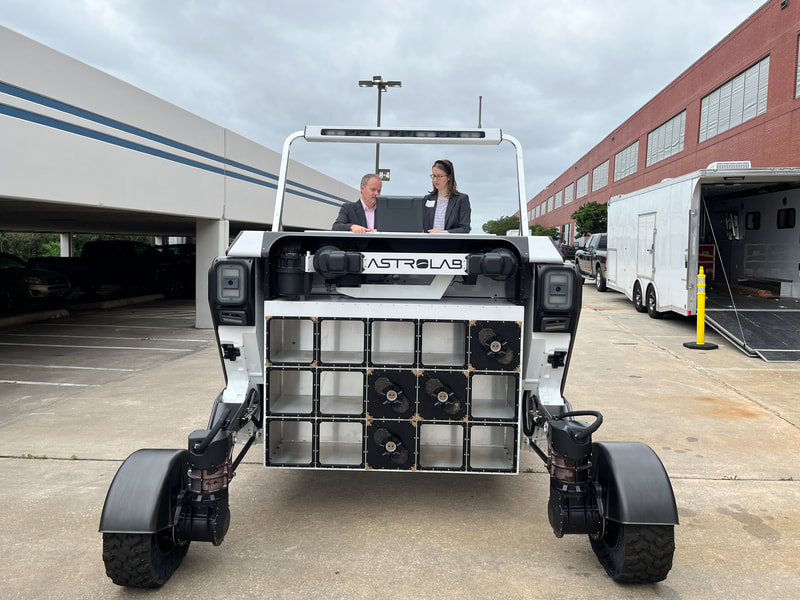
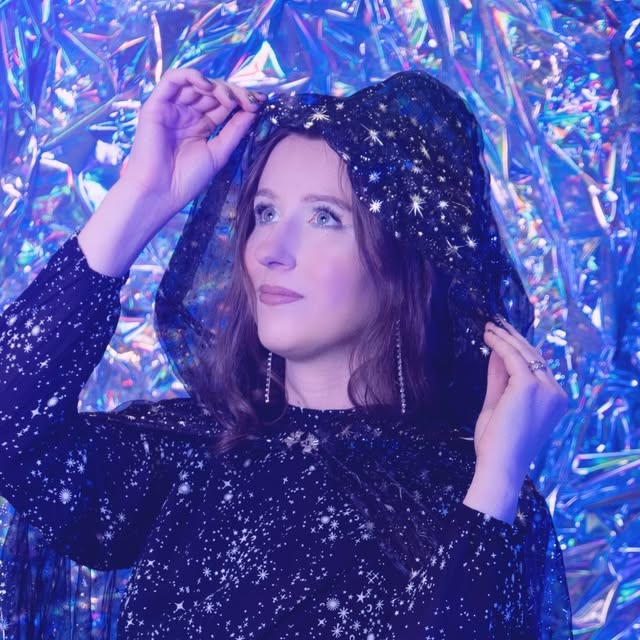






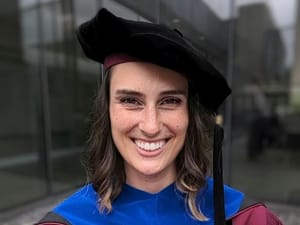
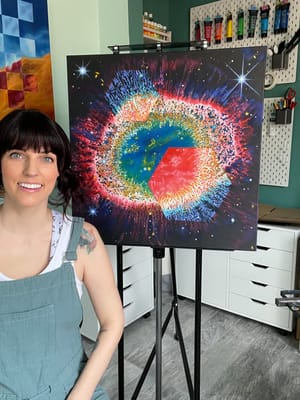
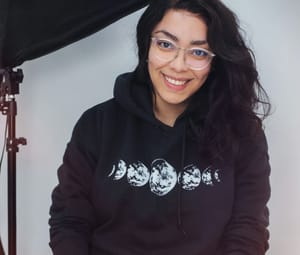
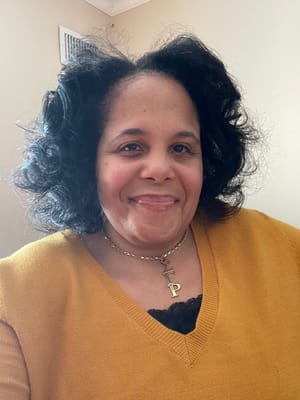
Comments